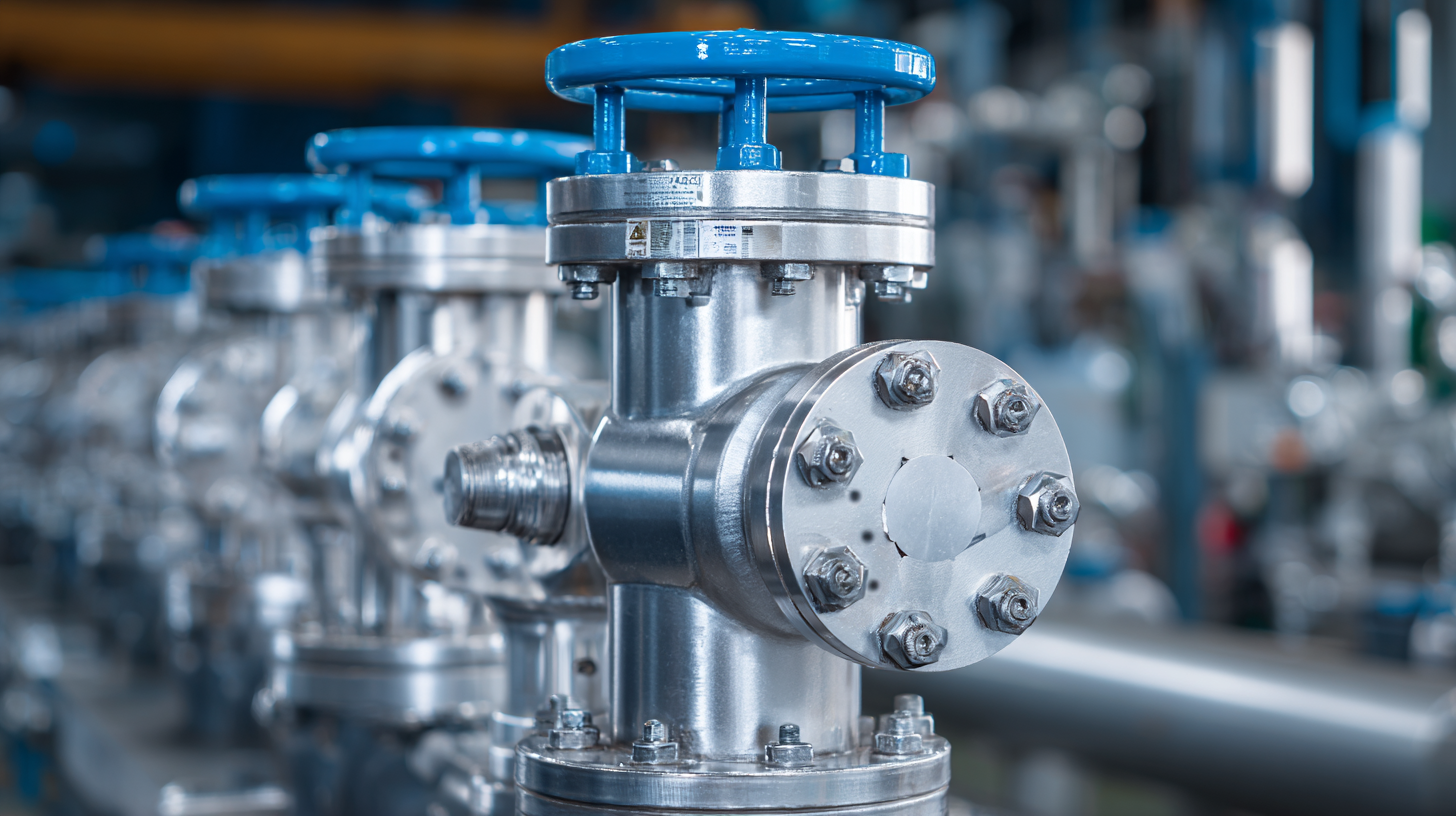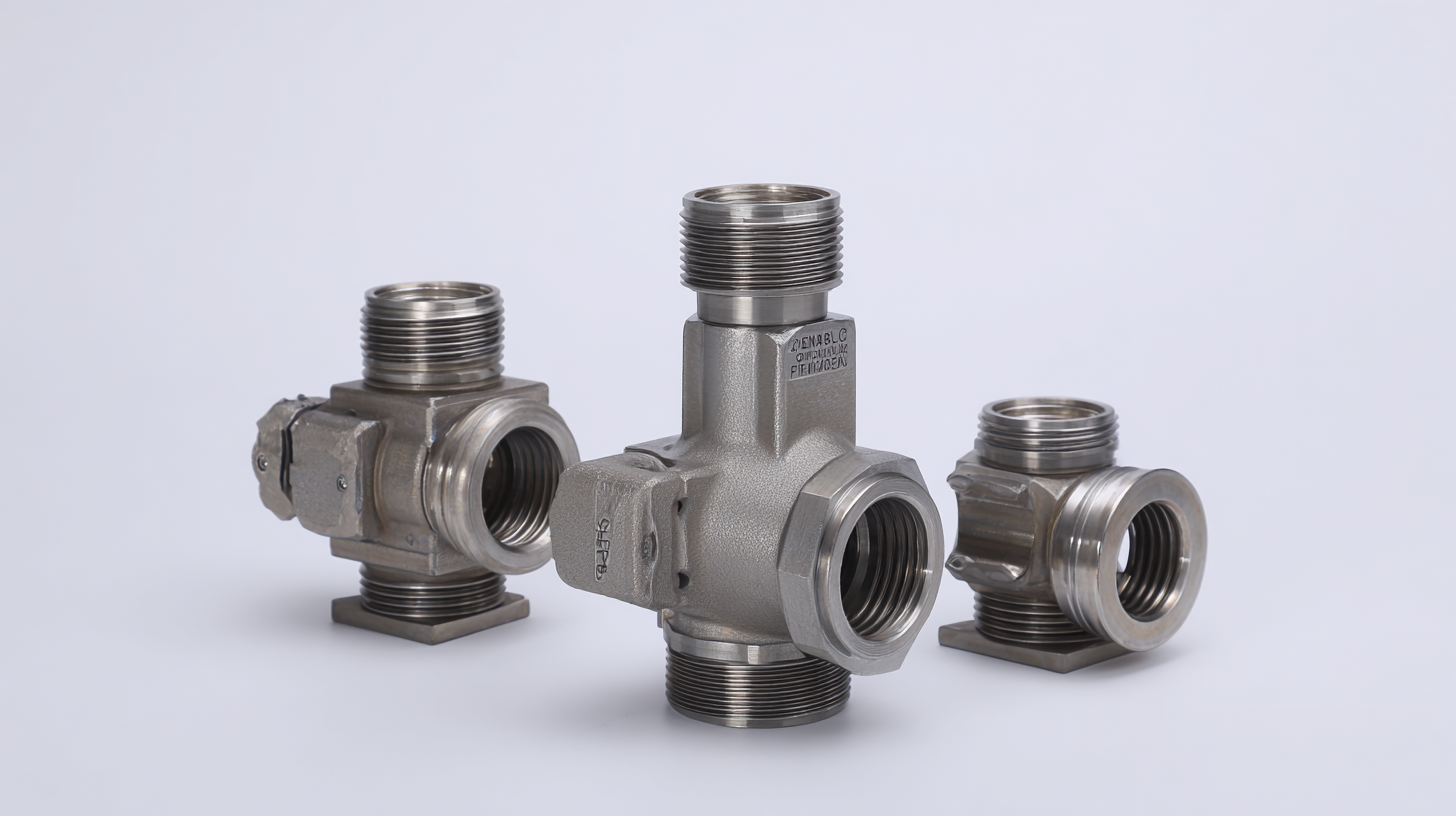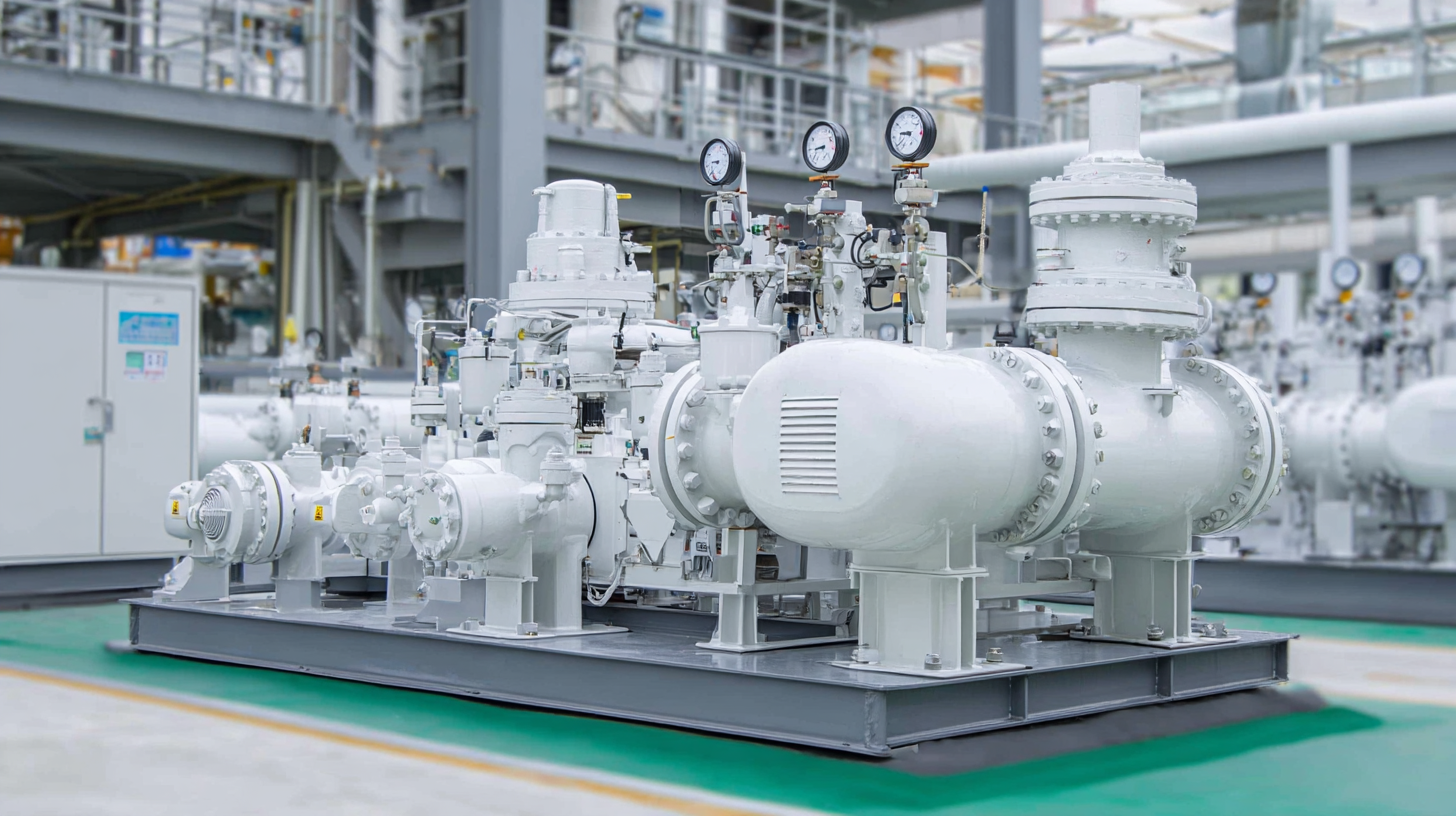Leave Your Message
In the rapidly evolving landscape of industrial operations, the significance of Pressure Relief Valves (PRVs) cannot be overstated. As critical components of safety and efficiency, PRVs play a vital role in maintaining system integrity and preventing catastrophic failures across various sectors. As we look towards 2025, it is essential to examine the future trends in the maintenance and after-sales support of these devices. The focus will not only be on enhancing operational reliability but also on adopting innovative technologies and practices that maximize efficiency. This article will explore the emerging strategies and advancements that are set to redefine best practices in PRV maintenance, ensuring that industries can sustain optimal performance while adhering to the highest safety standards. By embracing these trends, organizations can effectively mitigate risks and enhance the longevity of their Pressure Relief Valves, securing a safer operational future.

Effective pressure relief valve (PRV) maintenance is crucial in ensuring the safety and efficiency of industrial operations. A recent report by the American Society of Mechanical Engineers (ASME) highlights that nearly 30% of pressure relief valve failures can be attributed to inadequate maintenance practices. To mitigate such risks, developing comprehensive maintenance checklists is essential. These checklists should include key factors like regular visual inspections, verification of set pressure, and operational testing to ensure valves respond correctly during high-pressure scenarios.

Incorporating predictive maintenance techniques can also enhance the effectiveness of PRV management. According to a study by the Institute of Pressure Relief Systems, organizations employing predictive maintenance saw a 25% reduction in valve failures compared to those following traditional schedules. This proactive approach—using data analytics to forecast potential issues—helps prioritize maintenance tasks based on actual valve performance. By adopting these best practices, companies can not only maximize the longevity of their pressure relief valves but also ensure compliance with regulatory standards, ultimately leading to safer operational environments.
Emerging technologies are revolutionizing the maintenance and support strategies for pressure relief valves, enhancing efficiency and reliability in various industries. With the advent of IoT (Internet of Things), real-time monitoring of pressure relief valves has become a game-changer. Sensors can now continuously collect data on pressure levels, temperature, and operational conditions, allowing for proactive maintenance actions before any potential failure occurs. This shift from reactive to predictive maintenance means that companies can minimize downtime and costs associated with unplanned outages.
In addition to IoT, advancements in data analytics are providing deeper insights into valve performance and longevity. Machine learning algorithms can analyze historical data to predict when a valve is likely to fail or require maintenance, enabling organizations to optimize their service schedules. Furthermore, augmented reality (AR) is emerging as a powerful tool in after-sales support. Technicians can use AR devices to visualize complex valve systems and receive guided maintenance instructions, significantly reducing the potential for human error and improving service efficiency. These technological advancements are not just streamlining the maintenance processes but also enhancing the overall safety and performance of pressure relief valves.
Post-maintenance evaluations are critical to ensuring that pressure relief valves operate at peak efficiency. After a maintenance session, it is essential to conduct thorough inspections that go beyond surface checks. Comprehensive evaluations should involve testing the valve’s functionality under simulated conditions to ensure it responds correctly to various pressure levels. Additionally, reviewing historical data and maintenance logs can help identify any recurring issues or patterns that might suggest deeper underlying problems.
Another best practice in post-maintenance evaluations is to engage in collaborative discussions with maintenance personnel. Their hands-on experience can provide valuable insights into the valve’s performance and any anomalies noticed during operations. Incorporating feedback from the operators who interact with the systems daily can be instrumental in developing tailored maintenance strategies. Furthermore, documenting findings and periodic reviews of these evaluations will create a robust framework for continuous improvement, ensuring that pressure relief valves remain reliable and safe in the long run.
| Dimension | Description | Frequency of Maintenance | Post-Maintenance Evaluation Technique | Customer Feedback Mechanism |
|---|---|---|---|---|
| Inspection Schedule | Regular inspections to identify wear and tear | Quarterly | Spectroscopic analysis | Surveys and direct interviews |
| Testing Protocols | Functional testing after repairs | After each maintenance | Pressure testing | Online platforms for feedback |
| Documentation | Records of condition and service history | Annually | Failure analysis | Follow-up calls |
| Parts Replacement | Timely replacement of worn components | Every 2 years | Visual inspection | Feedback forms after service |
| Training Programs | Continuous education for staff | Biannual | Practical assessments | Interactive sessions |
The integration of Internet of Things (IoT) technology into pressure relief valve maintenance is revolutionizing the way industries monitor and manage their vital assets. According to a report by Markets and Markets, the global IoT in manufacturing market is expected to reach $150 billion by 2025, highlighting a significant shift towards smarter operational practices. By equipping pressure relief valves with IoT sensors, companies can achieve real-time monitoring, ensuring that any abnormalities are detected promptly, thus reducing the risk of failures that can lead to costly downtime and safety hazards.
Moreover, real-time data collection and analysis can facilitate predictive maintenance strategies. A study from Deloitte suggests that organizations utilizing predictive maintenance can reduce maintenance costs by up to 30% and prevent unplanned equipment failures by 70%. These efficiencies not only enhance operational productivity but also extend the lifespan of pressure relief valves. The proactive approach allows businesses to address issues before they escalate into major problems, ensuring compliance with safety regulations and optimizing equipment performance in an increasingly competitive market.

As industries evolve, the training of valve maintenance teams is becoming increasingly critical to address skill gaps and enhance workforce readiness. The shift toward human-centric design in engineering training reflects a growing recognition of the importance of equipping technicians with both technical knowledge and practical skills. According to a recent industry report, nearly 65% of employers indicate a need for enhanced training programs that focus on hands-on experience and problem-solving capabilities for maintenance personnel.
Current trends show an increased emphasis on collaborative learning environments where engineers can share insights and best practices. Moreover, innovative training methodologies, such as virtual reality and simulation-based learning, are gaining traction, with studies indicating that these approaches can improve knowledge retention by up to 75%. In conjunction with traditional vocational training, integrating advanced technologies into educational frameworks will empower valve maintenance teams to effectively respond to evolving challenges, thus maximizing operational efficiency.
Additionally, resource allocation for training programs is witnessing a notable increase, with industry estimates projecting a 10% growth in training budgets over the next three years. This investment is crucial for ensuring that teams remain adept at utilizing the latest tools and techniques in pressure relief valve maintenance. By prioritizing comprehensive training and development, companies can foster a skilled workforce capable of meeting the complex demands of the industry.
